The First Bentley At Le Mans - A Tribute to Peter Briggs
Images: Graeme Cocks
When John Duff approached Bentley’s first sales manager AFC Hillstead in 1923 with the idea of a quick sojourn to France to contest a new race he’d heard about, WO Bentley was famously reluctant to support the entry.
WO had a long racing history of his own extending back to before the Great War, but Bentley cars had only been involved with racing in the British Isles since 1921 when the first customer car was delivered in September and limited production was underway.
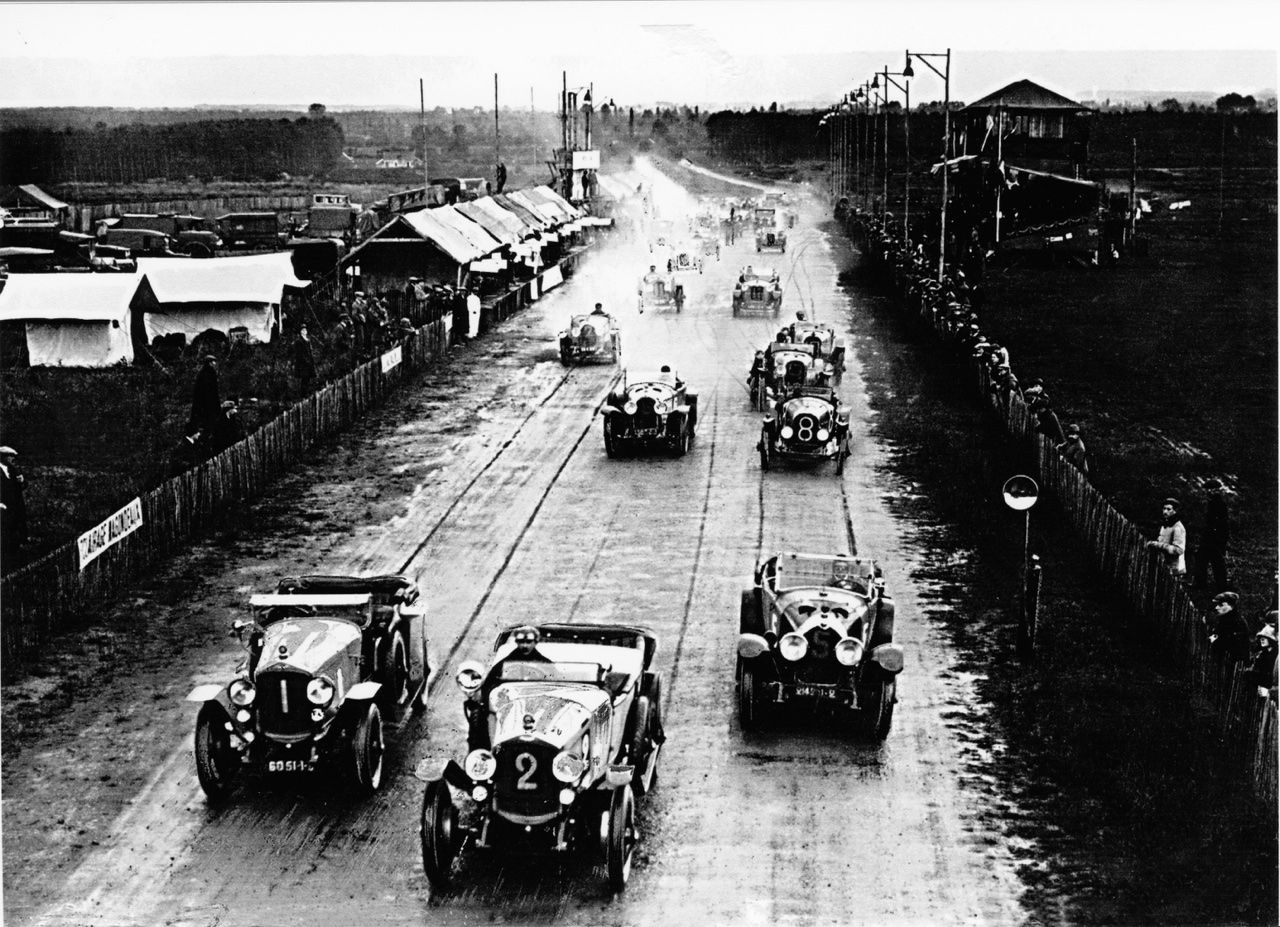
In 1922, a Bentley team of one driver and two ‘mechanicians’ (as they were called by the American press) crossed the Atlantic to Indianapolis for the 500 mile race in late May and W. Douglas Hawkes qualified at 81.9 mph to start in 19th position. He drove to a disappointing 13th at race end.
In retrospect it was probably a good result but WO Bentley later admitted that it was a costly exercise which did not yield the rewards he wanted. He said that his car was just not fast enough for Indy and Bentley Motors was always strapped for cash. So it was not surprising that he was less than enthusiastic about another foreign adventure, this time on the continent at Le Mans.
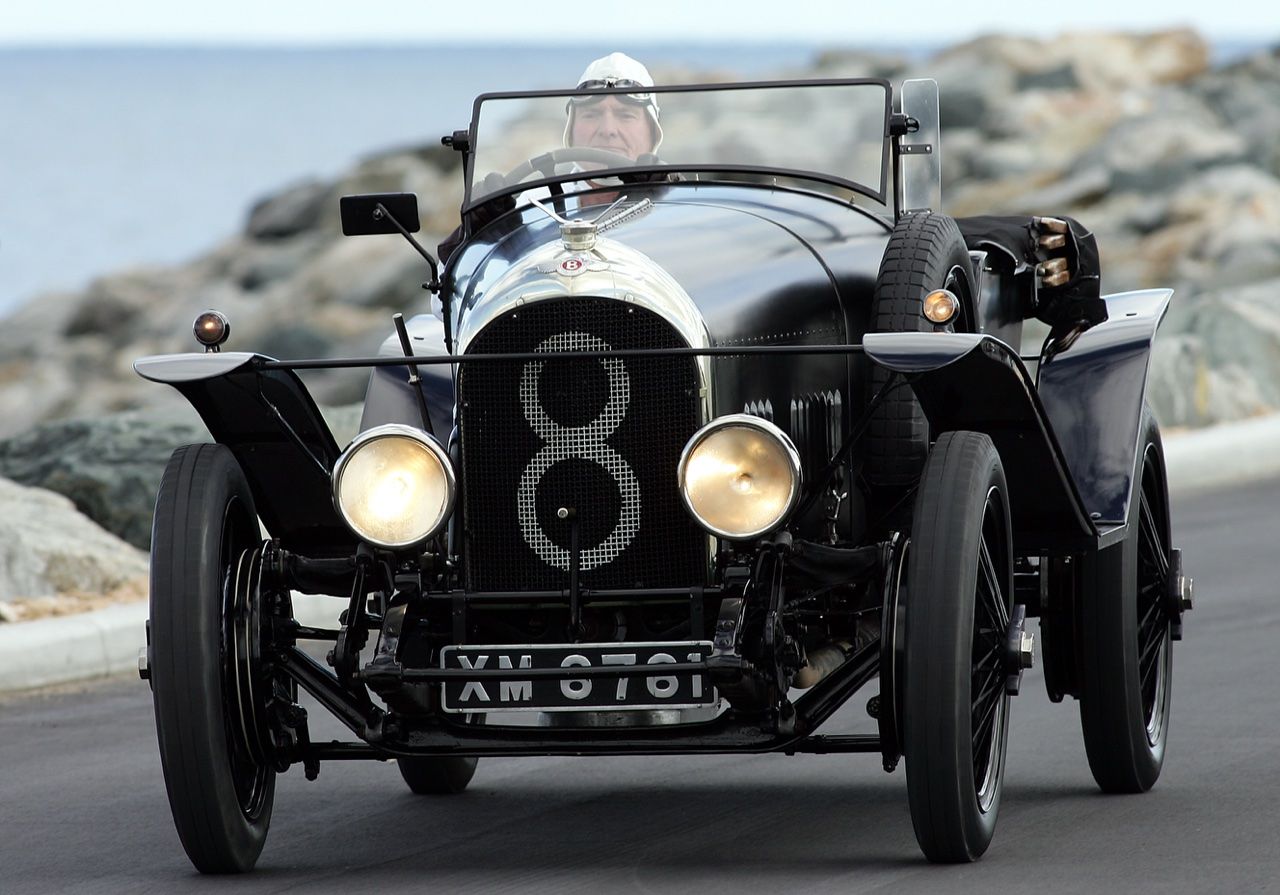
His factory cars had not yet ventured to the Continent to race. They had raced at Brooklands and at various hill climbs in the British Isles and they had enjoyed favourable reviews.
The greatest performance to date had been at the International Tourist Trophy Race, the TT, on the Isle of Man in June 1922 where they won the team prize in appalling wet conditions.
John Duff was a Canadian, although sometimes people assume he was British. He was born in China to Canadian parents, and then raised and educated in Canada. Although he carried a Canadian passport, he enlisted in the British Army and settled in England after the war, becoming a car dealer in London.
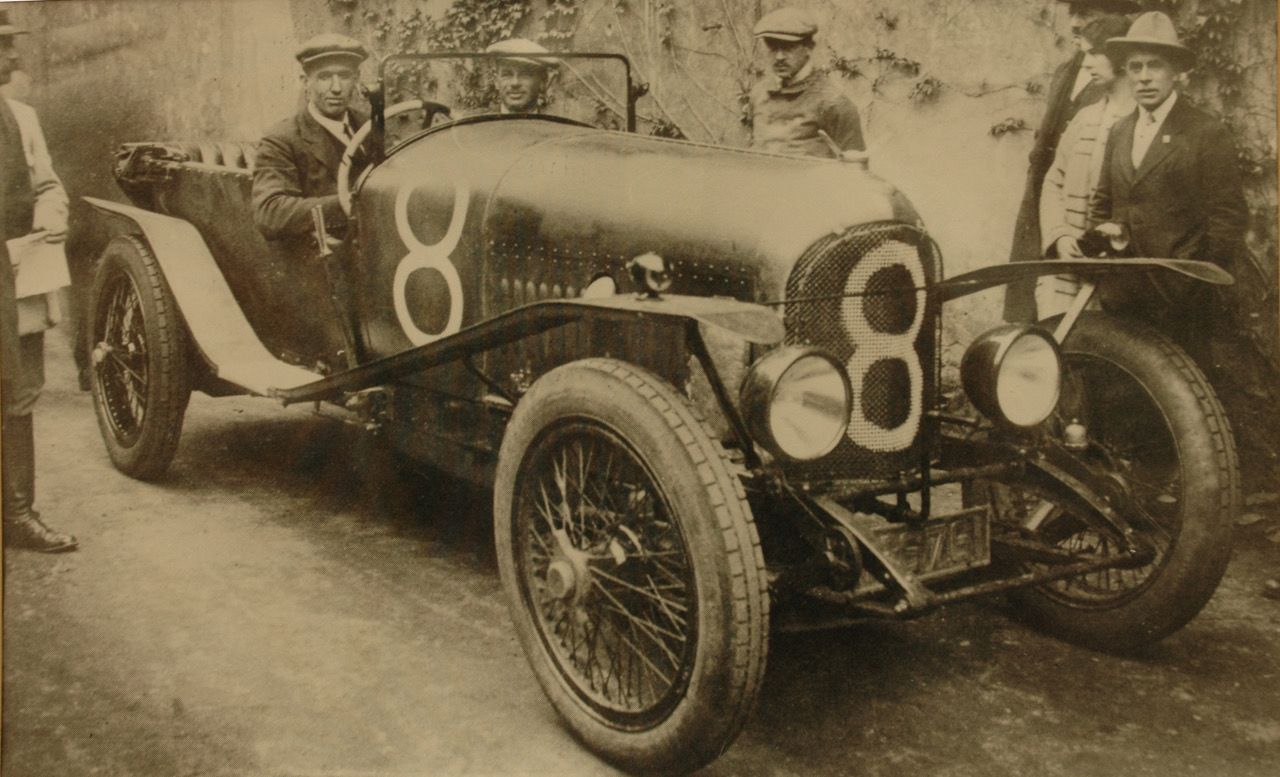
He delivered to the fledgling Bentley company a great deal of prestige by securing the European Double Twelve-hour Record of 2,083 miles in 24 hours at Brooklands, a few months after the TT result on 27 September 1922, with his personal three-litre Bentley, Chassis 141.
The Automobile Club de l'Ouest at Le Mans in France inaugurated its own 24-hour race in 1923. The circuit hosted many other races prior to 1923 including the famous Duesenberg victory of Jimmy Murphy in 1921. The American entered the 15th French Grand Prix and won the 322 mile, four-hour race at 78.1 mph. John Duff and Frank Clement should have noted that he used hydraulic four-wheel drum brakes on the Duesenberg in that famous race.
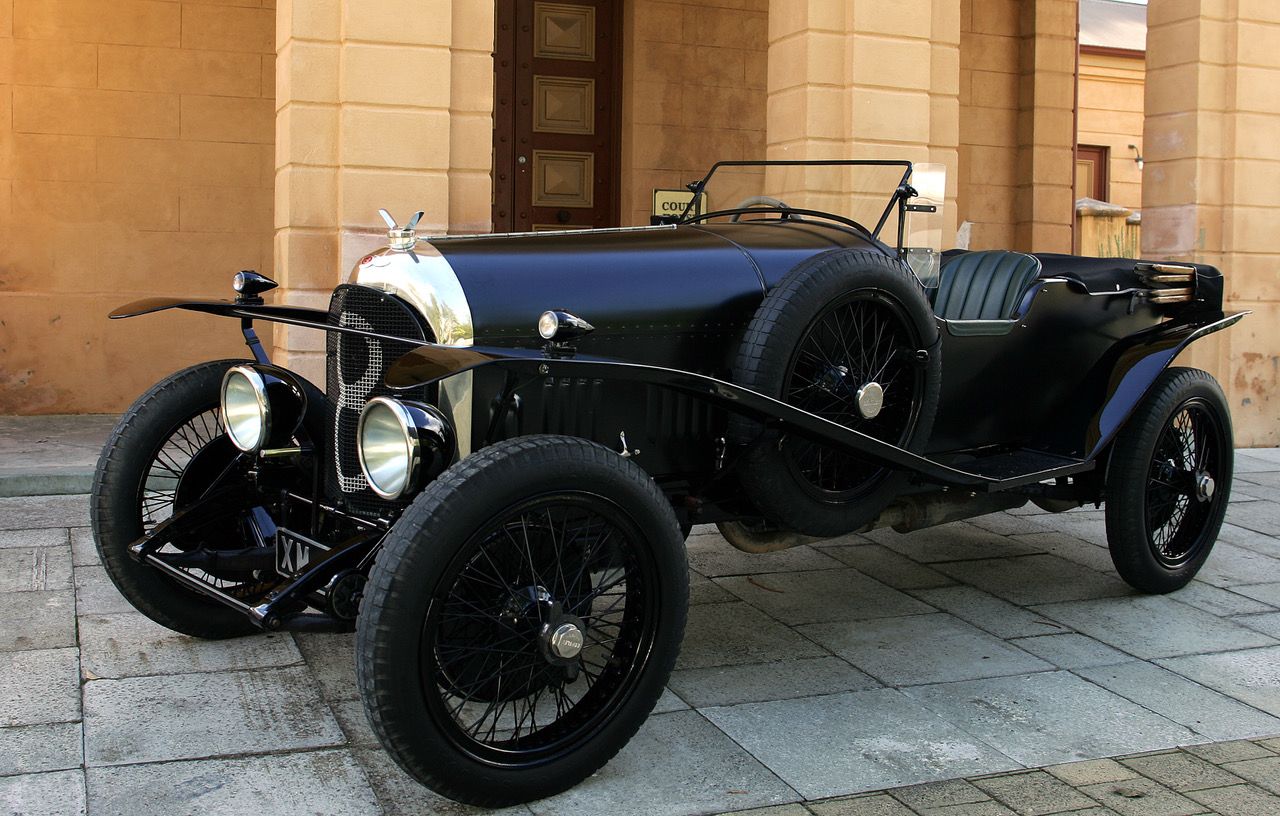
The Le Mans track was extremely rough and pictures of the time show that it was strewn with quite large stones all over the track. Four wheel brakes would have been a great advantage when coming up to the corners.
When Frank Clement prepared Duff’s Chassis 141, all Bentleys had only two wheel brakes on the rear. It was to be a fundamental disadvantage to the Bentley boys, as their rivals were equipped with brakes on each wheel.
The Le Mans race turned out to be a great adventure.
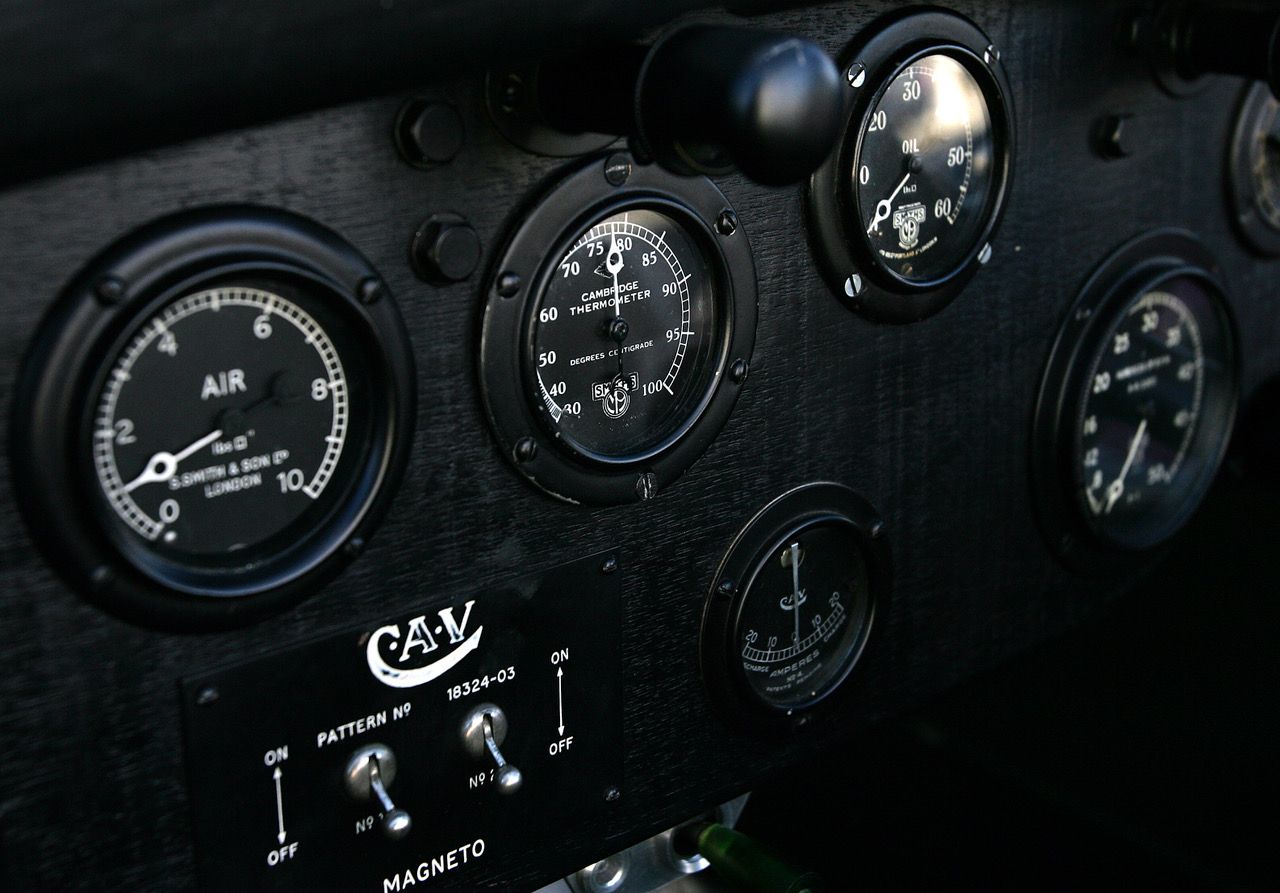
Two three-litre French Chenard-Walcker cars came home in first and second positions respectively. The leading car covered 1372 miles at an average speed of 57.1 mph.
Duff and Clement were frustrated by harder braking cars ahead, and late braking cars behind. They weren’t prepared for the local conditions and they lost too much time to win when they holed their petrol tank.
Despite the frustration of poor braking, and unable to win outright, Frank Duff put the pedal to the floor and set the inaugural lap record of 66.69 mph.
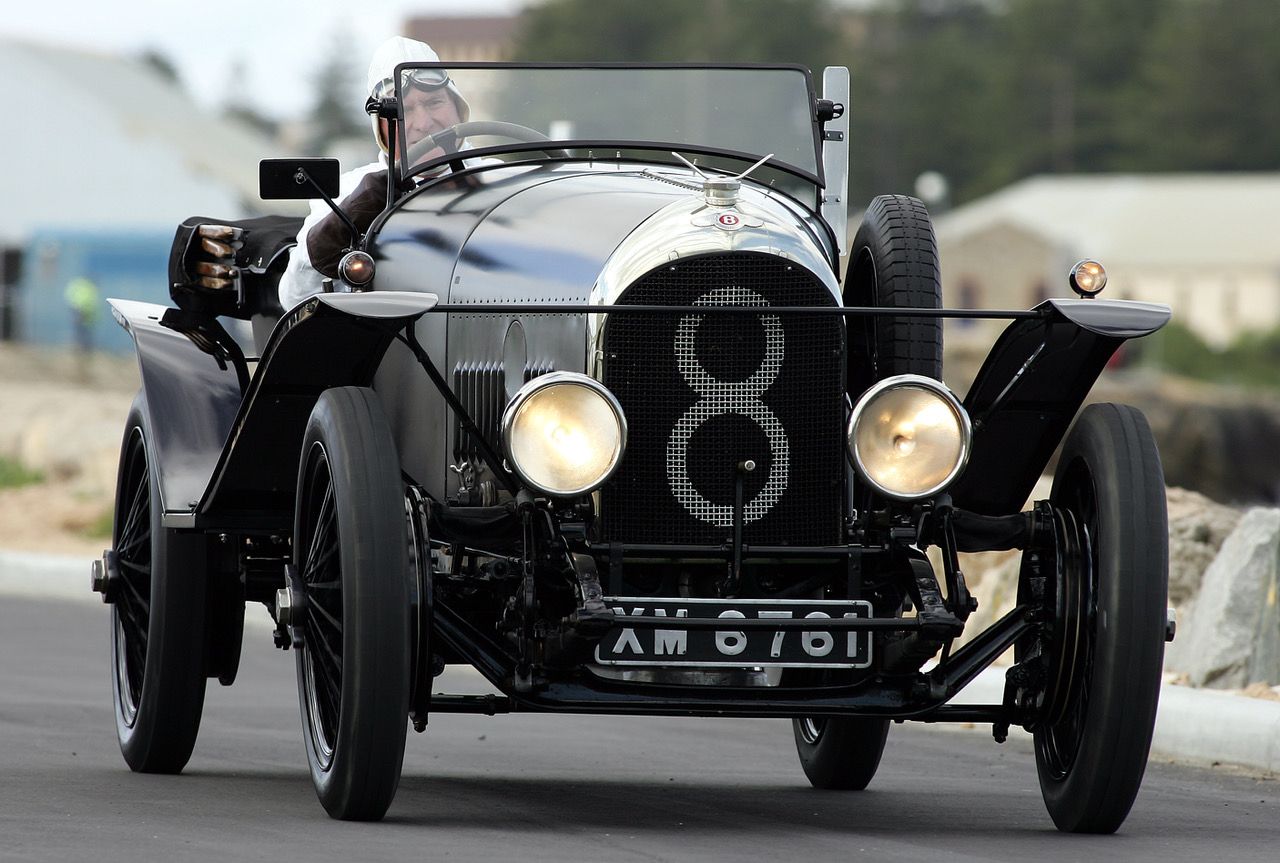
Remarkably, when Duff and Clement returned to Le Mans a year later and won the race with the total commitment of WO Bentley, they did it at an average speed of 53.8 mph and covered 82 miles less over the 24 hours than the winning Chenard-Walcker of the year before. Without having to repair a fuel tank which was holed—no doubt by a rock thrown up from the deteriorating track—they covered 92 miles more than their previous performance in Chassis 141 in 1923.
Chassis 141 was the beginning of the Bentley passion for Le Mans and through that first race, WO Bentley began to understand what was required to win what was soon to become the world’s greatest endurance race for motor cars.
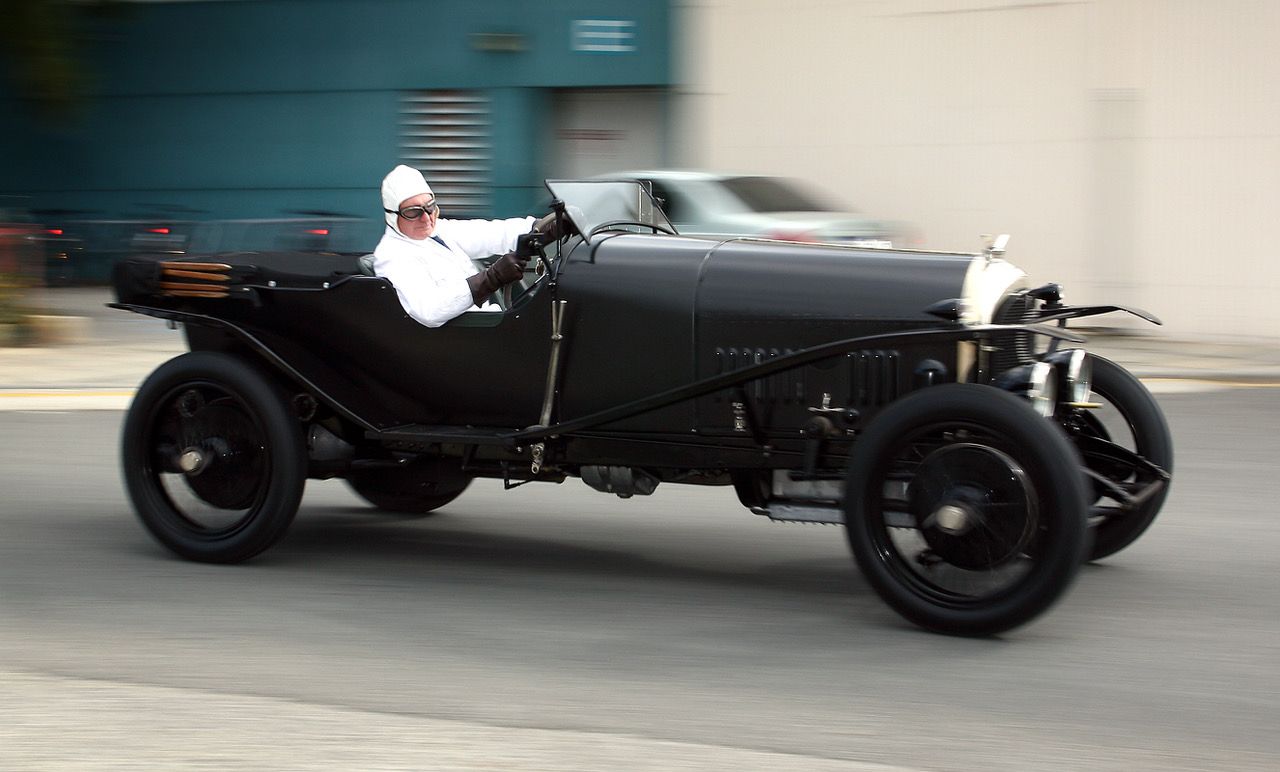
Although the lack of four wheel brakes was the critical factor in the performance of Chassis 141 at Le Mans in 1923, other factors were also at play.
Although the Chenard-Walcker team led the race, the Bentley was never far behind. It was obvious that stock touring cars needed strengthening to survive the rigours of a 24 hour race.
Next year, they returned with wooden slats around the petrol tank to protect it from the type of damage they had sustained in 1923. The car has lost both headlight lenses from rocks thrown up by other cars. For 1924, they fitted mesh stone guards over the headlights. These have now become a ‘must-have’ accessory of almost every vintage Bentley.
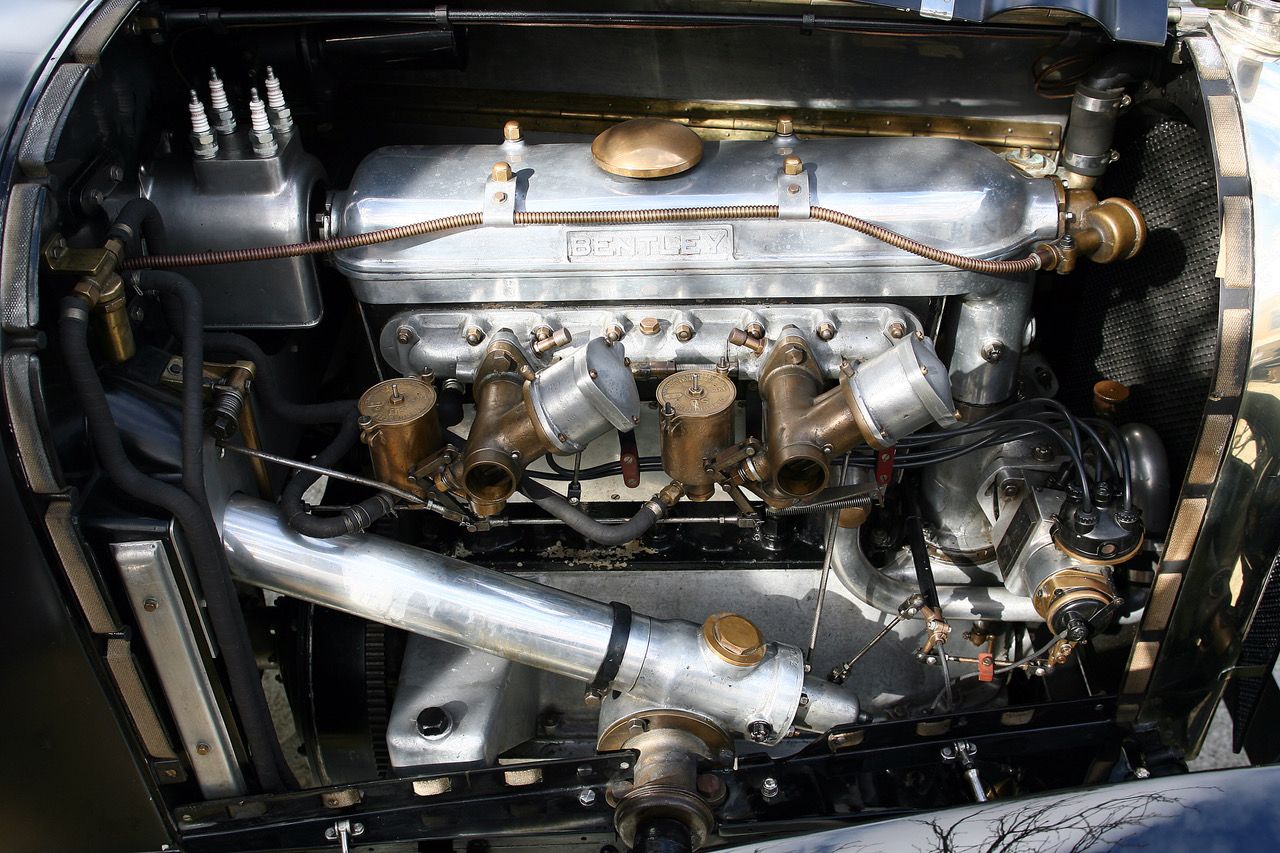
Also for 1924, Duff and Clement built a toolbox into the running board and they carried a spare tyre during the race.
It is no wonder that WO Bentley said that he owed the most to John Duff. Thanks in great part to the pioneering work of Duff and Clement with Chassis 141 in 1923, and their subsequent win in 1924, Bentley sold over 700 cars in two years, and the Bentley name was firmly established as a sporting car.
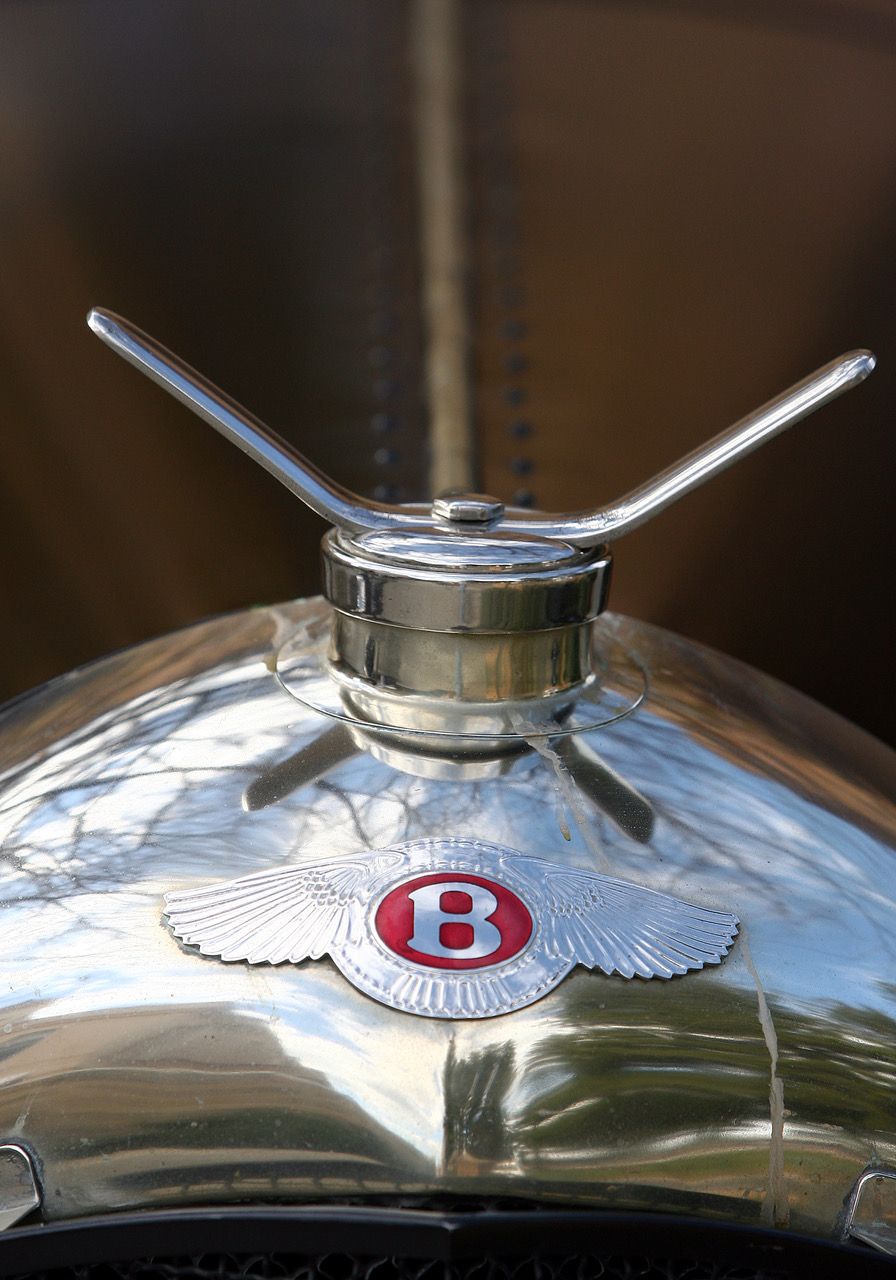
In 1925, bad luck hit the Bentley team and it could not re-create its success of the previous year. Le Mans has always been as much a test of survival as out and out speed. Race times had not improved greatly and a La Lorraine recorded a similar time over 24 hours to the first year of the race.
The Bentley team was formidable and it would take a highly organised challenger to beat them. Its accumulated race experience was intimidating to other manufacturers. The French auto manufacturers began withdrawing from the big car class in 1927—an Aries was the only three-litre French car that year and it was the same in 1928.
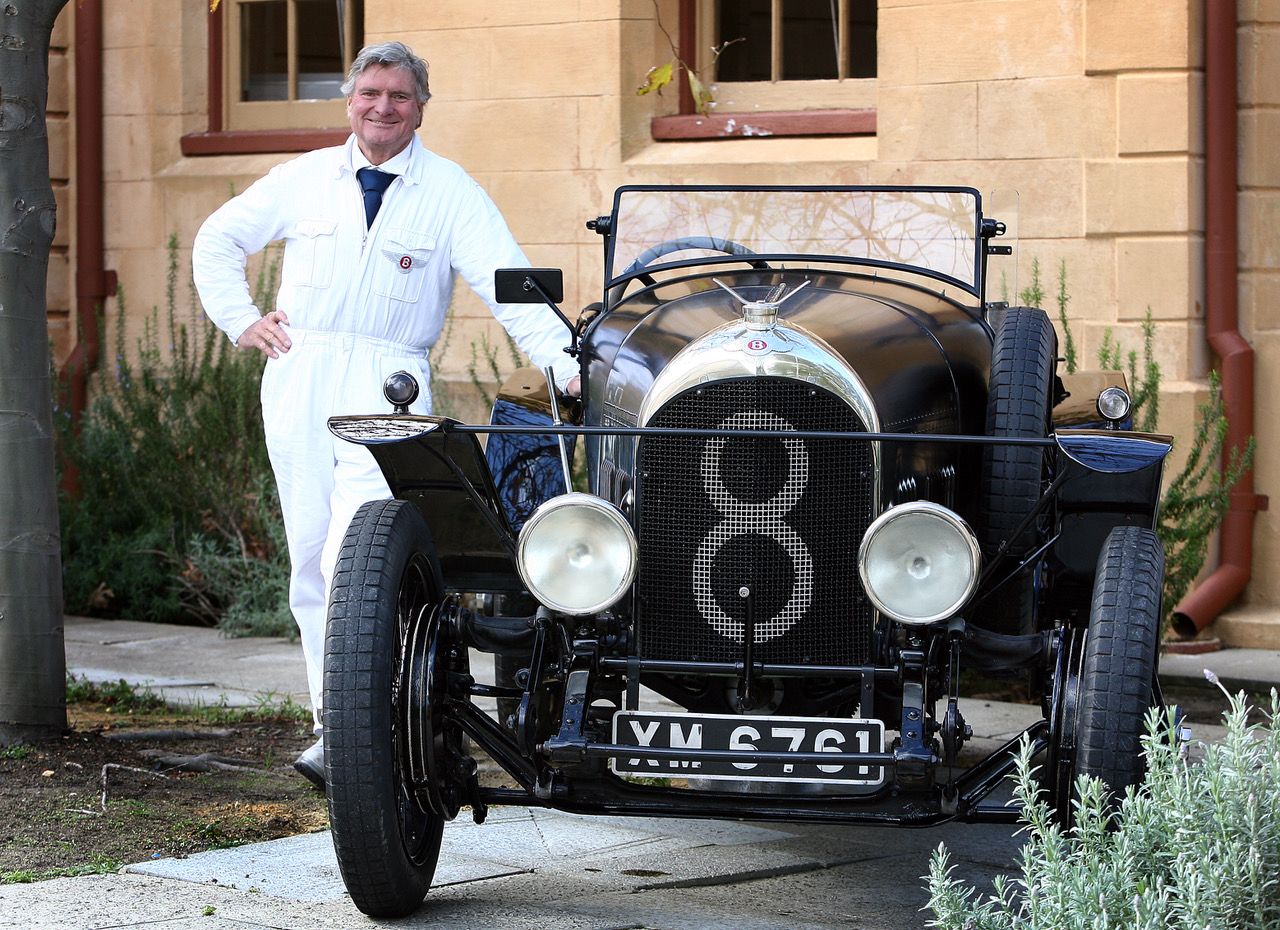
During these years, Le Mans did not see the most famous French sporting marque in the competition. A couple of Brescia Bugattis contested the first event but Bugatti did not return to the 24 hour race until 1930. Similarly, sporting car manufacturers such as Delage did not enter.
The American Stutz with its bulky OHC motor and four Chryslers were the only competition for the Bentleys. The two-litre and smaller displacement cars were significantly slower than the bigger cars.
Chassis 141 has a special place in Le Mans history as the first foreign entry in the race, the inaugural lap record holder and, most importantly, the car which began the Bentley fascination with the race.

It was also probably the first Bentley ‘team car’ at Le Mans as WO Bentley supported the entry and provided Frank Clement to drive with John Duff.
Taken off the road in 1949, the Bentley Chassis 141 ended its days derelict in Leicestershire with a shooting brake body fitted.
Tom Wheatcroft of the Donnington Motor Museum found the car in the early 1980s but it was not until 1987 when Michael Hare of the Beaulieu Museum checked the chassis and engine numbers with the Bentley Drivers Club that it was discovered to be the long lost first Le Mans Car. It was subsequently purchased by Peter Briggs in Australia and restored to its 1923 form when it became the Bentley legend at Le Mans.
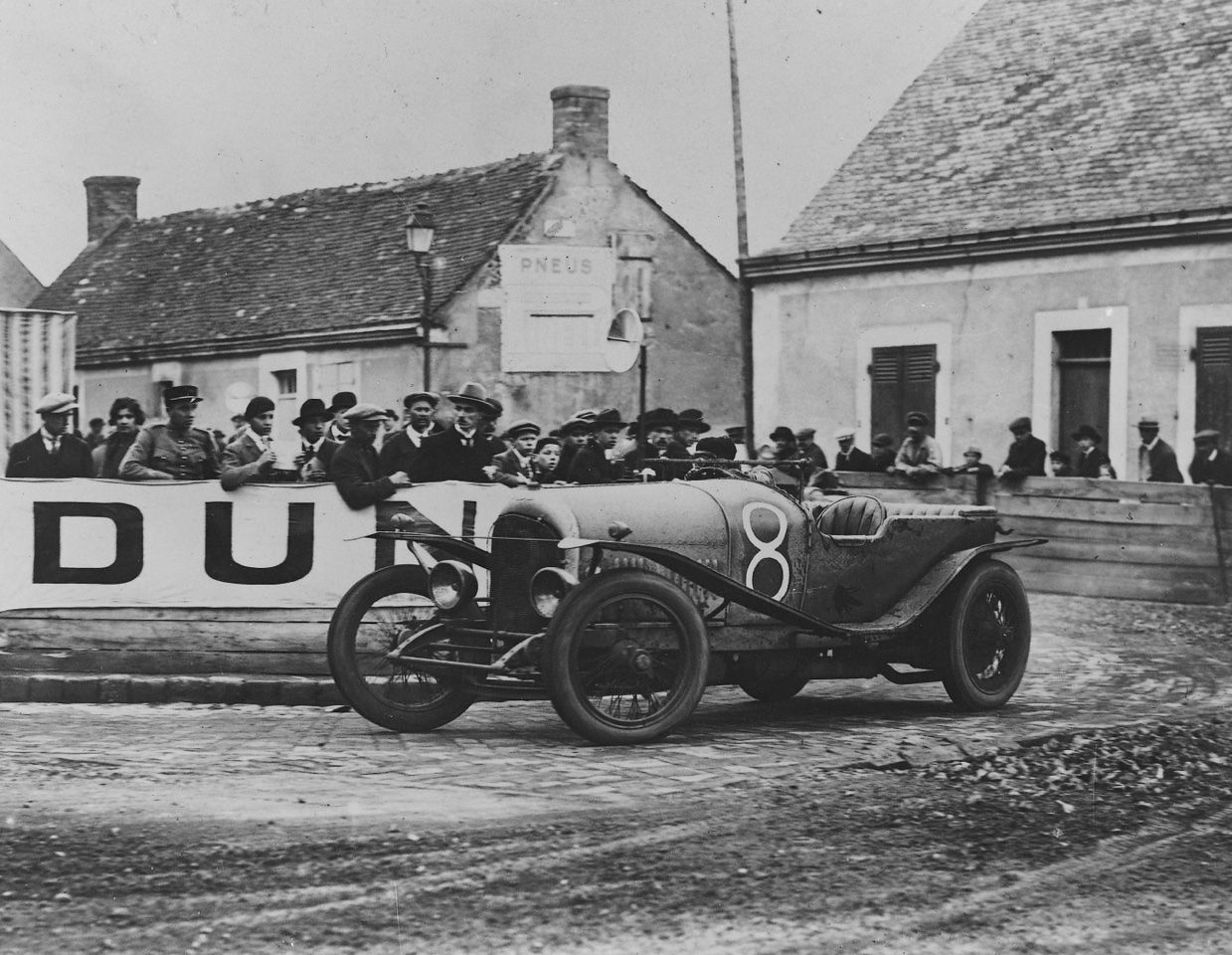
In 2001, Peter and Robin Briggs took the car back to Le Mans for the first time in 78 years. Although Peter Briggs passed away last year, Bentley Chassis 141 may be back at Le Mans this year for the 100th anniversary celebrations under the new ownership of Jonathan Turner, who acquired the car after Briggs passing.
Comments
Sign in or become a deRivaz & Ives member to join the conversation.
Just enter your email below to get a log in link.
